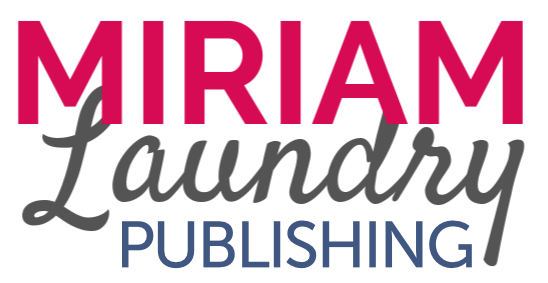Editing can be a lot like doing the dishes. It can be tedious, at the bottom of your to-do list, and easily forgotten. But editing is necessary, and just like how the dishes aren’t only meant for professional dishwashers, editing isn’t only meant for professional editors.
Before sending my manuscript to an editor, I like to look it over and do my own editing first, like rinsing off the dishes before putting them in the dishwasher.
Pre-editing allows your editor to focus on more important revisions, saves you money, and helps to develop your writing skills.
But you're probably asking questions like...
- What should I edit?
- How much should I edit?
- Where do I begin?
My suggestion is to follow a checklist. A great checklist makes sure that you cover everything you need to during pre-editing.
Not sure what to put on your checklist? Download my FREE editing checklist for children's books below.
Pre-Edit & Save on Your Budget:
Editing Checklist for Children's Books
Let's breakdown the 3 main stages of children's book editing.
The 3 Main Stages of Children's Book Editing
Stage One: Look at the big picture.
In this stage you'll work through the biggest components of your story.
- Who is your target audience? Have you geared your story toward that target audience?
- Is your character the “hero” of the story? Does the character solve their own problems, or does an adult solve it for them?
- Does your character face obstacles in their journey?
- Is the ending satisfying, tying up all the loose ends?
Stage Two: Get a closer look.
Your goal for this stage of pre-editing is to make sure every word counts.
- Is each word in your manuscript necessary? Imagine each word costs you $100. Is every word an investment toward a great story?
- Do your dialogue tags* change or are they too repetitive?
*A dialogue tag is a phrase that comes before, in the middle of, or after a set of quotation marks to note who is speaking. For example, “My favourite colour is yellow!” Sarah said. The dialogue tag is “Sarah said.”
Stage Three: Copy edit.
This is when you'll check for grammar, punctuation, and spelling. While you’re editing, try using a ruler to cover the next few lines so that you can really focus on one line at a time.
Once you've finished editing
Once you’re done pre-editing, take a break. Put your manuscript aside for at least a day and then come back to it. This will let you view your manuscript with a fresh perspective and help you catch mistakes you might have missed.
I also ask a few selected friends to read my work before I send it to an editor. Friends are great in many ways and they’re really great at giving honest feedback. Make sure the friends you choose to share your work with will provide helpful writing advice. You might not want your physiotherapist friend telling you which dialogue tags to use.
Make sure you go with your gut when it comes to applying feedback from friends. At the end of the day, it’s your story.
Finally, know when to let go. After you’ve completed your editing checklist, given yourself time away from the manuscript, and applied feedback from friends, send your manuscript to an editor. That’s it! Your pre-editing is done.
Now all that’s left is the dishes ...
